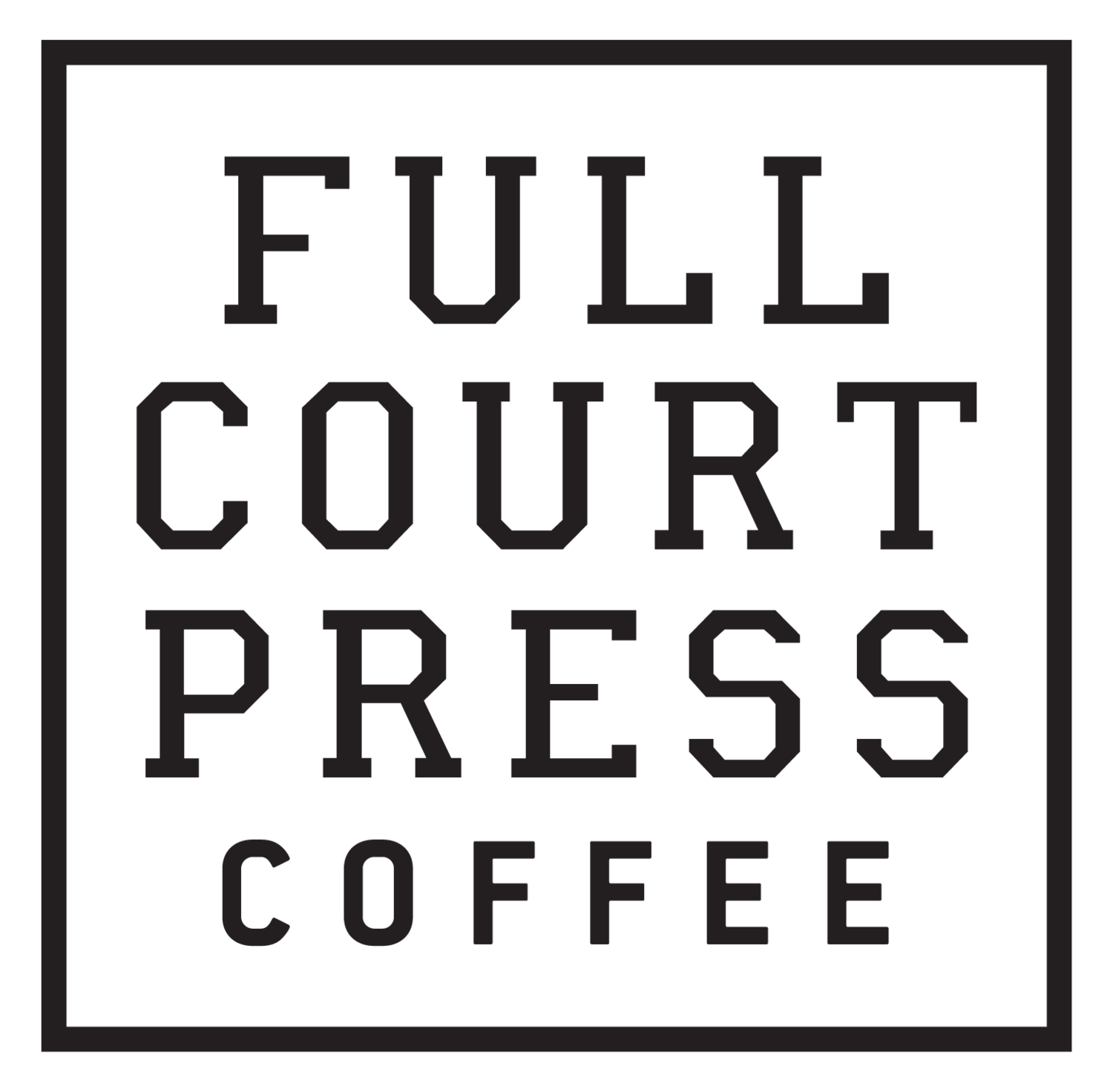MARGINAL GAINS : FLOW AND SOAK
Up until now the Marginal Gains posts have been about the mechanics of brewing, how to maximize your extractions and push the limits of your flavour ceiling. This one is a bit different, this one is about a more esoteric subject, it's about our approach to brewing.
We're very good in coffee at making the complex seem even more complex, Its almost as if we feel the need to point out this complexity and validate our understanding of it by making our explanations as convoluted and in many cases scientific as possible. This leads to us using overly artistic and flowery language or including ad hoc references to scientists, laws and theorems. For me, nowhere is this more evident than in our conversations about the brewing process, Specifically how we describe how we brew.
It's a safe to say that we can split our methods into three types, Pour Over, Immersion and Espresso. The issue is that these tell us little that is accurate about the process whilst assuming we know the differences. So instead of simplifying we have opened doors for misinformation.
This all comes to mind after a twitter conversation a few months ago, the gist was a general dissatisfaction with how the names names we use do not accurately describe the most important part of the process, how the water interacts with the coffee. Pour over describes what we do, not what happens to the water and immersion it in as decided is just plain wrong and both a practical and chemical level.
Anyway, long story short, the consensus was that a simpler way to describe how we brew is this:
FLOW and SOAK.
(Dr H wanted steep, but me and Brewbom thought this sounded better)
Those two four letter words describe the basic concept behind the crucial part of pretty much all brew methods, how the coffee and water interact.That is to say, either the water flows through the coffee or the water is static and the coffee soaks in it. I can't think of a method that isn't one or the other, or in some cases a hybrid of both.
Great, we have new names, but so what? This simple idea can show us where we have been over complicating things for so long. For example, when you brew a V60 your only goal should be to control the water flow and interfere with this as little as is possible. Calling it a pour over allows us to believe that how we brew must be important, so we make it complex to justify our worth. In reality we are only complicating matters by adding variables to the equation, which in turn makes it harder to be consistent.
But what about espresso? If you've read anything on the blog before, you'll know I'm an espresso guy, and this idea of Flow brewing brings together all of my thoughts on the subject.
You see espresso might be the only pure Flow method, the only one where we intricately control the rate at which the water interacts with the coffee with little or no soaking. What this means is that we've been looking at how we brew espresso backwards. We use pressure as our metric, it's what we use to signify espresso's uniqueness. But if we think of pressure as a rate of water flow, (which it is, in an espresso machine) then how is espresso different, on the basic level, from a V60? Both pass an amount of water through some coffee over a given time. Both have a grind size that is tuned to work with that time. Both rely on consistency of method to achieve uniform results.
Colin Chapman the legendary engineer of Lotus race cars had a famous maxim, "simplify, then add lightness" , if would could paraphrase this for espresso brewing, perhaps our maxim should be "simplify, then add consistency"

